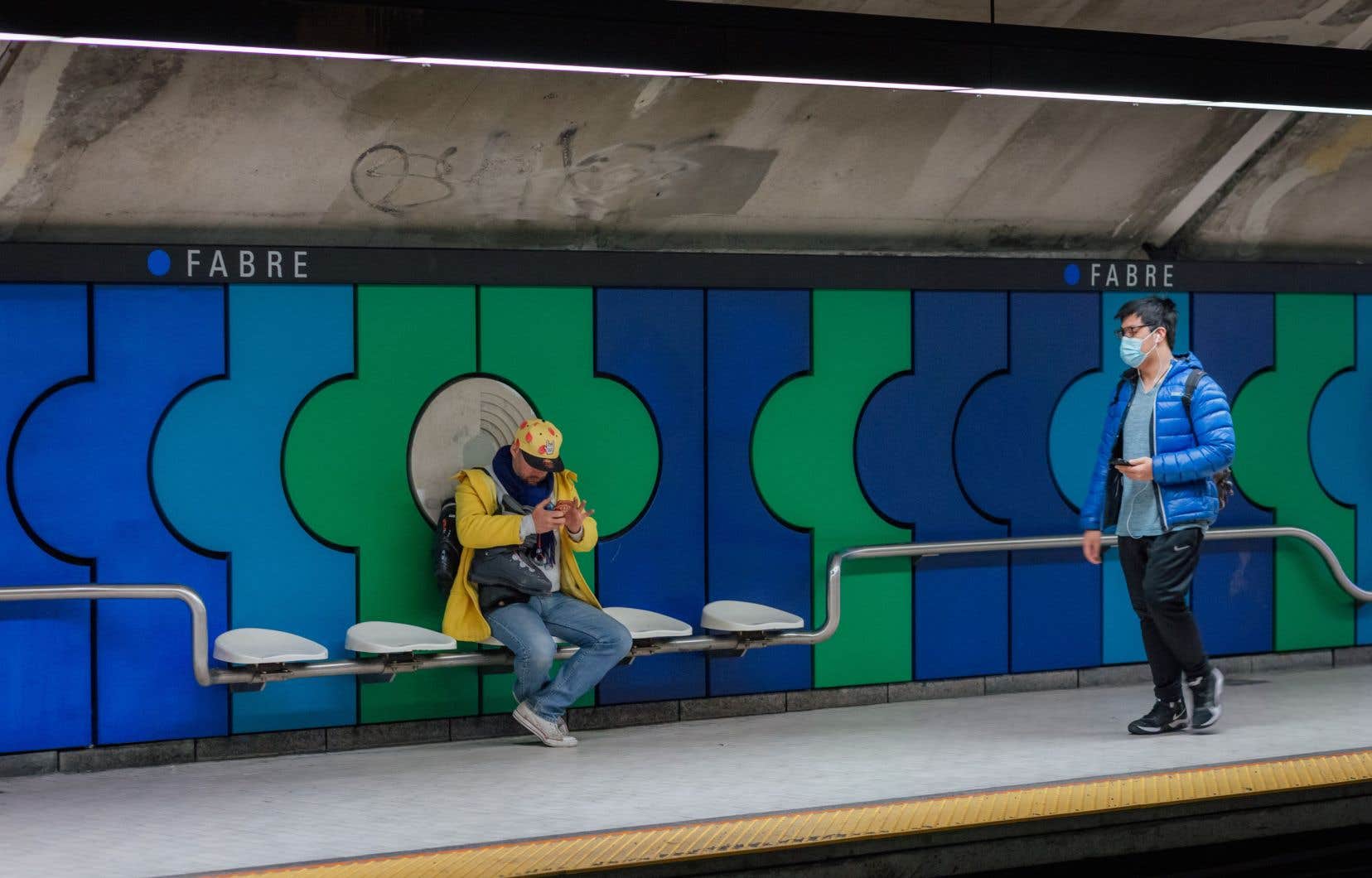The number of interventions by special constables from the Société de transport de Montréal (STM) in the metro increased significantly last year. In the hope of reassuring users of the underground network concerned about their safety, the STM has begun the deployment of “safety ambassadors”.
In 2023, the transport company recorded 47,000 calls and interventions from its special constables compared to 42,000 the previous year, an increase of almost 12%. And this is almost twice as many as before the COVID-19 pandemic since in 2017 and 2018, the STM recorded around 25,000 interventions in the metro.
It is with this in mind that the STM has set up a safety ambassador program, inspired by the model adopted in Los Angeles, San Francisco or Philadelphia. These are employees whose mandate is to accompany customers on their trips and to make reports to special constables, who have the status of peace officers, or to police officers from the City Police Department. de Montréal (SPVM) when potentially dangerous situations arise. “We are in a new reality which means that we need more specialties in the metro network, both specialties oriented on the social side and specialties oriented on the security side. Ambassadors are another tool to support customers and report incidents,” explained Jocelyn Latulippe, Director of Safety and Fire Safety at the STM, on Thursday.
The ambassadors, of whom there are currently six, have received 80 hours of training and they patrol all metro stations. Their blue and black uniform is easily recognizable to customers, believes the STM. This program, implemented at a cost of $600,000, complements the service offering including special constables, police officers, the Metro Intervention and Consultation Team (EMIC) and the Mobile Social Mediation Team (EMMIS) . The transport company, which hired 16 more special constables in December, wants to recruit 20 ambassadors in 2024.
The chairman of the STM board of directors, Éric Alan Caldwell, believes that the physical presence of additional employees with greater visibility on the ground is likely to allay users’ concerns. “There are a million trips per day in our network and more than 500,000 in the metro. The metro is overall safe,” he says. “That said, there are issues and situations. There are people, we understand very well, who are sometimes afraid of taking the metro for many reasons. This is why we intervene at several levels. »
The game is not won, however. It is not so much in the metro as around the stations that users feel a certain insecurity due to the presence of homeless people and intoxicated people, underlines Jean-Yves Querry, encountered at Place-des-Arts station. “I don’t necessarily feel unsafe in the metro. I find that it’s worse on the street,” he says, noting that it often happens that loiterers and itinerants block the entrance to the workshop where he works. “The police do nothing. »
For its part, the opposition at city hall deplores the fact that Valérie Plante’s administration has reduced the police force in the STM network by 20%. “For me, it’s a total disconnection from what needed to be done,” underlines Ensemble Montréal advisor Abdelhaq Sari, spokesperson for the Official Opposition on public security.
According to him, the measures put in place by the City and the STM, including the hiring of ambassadors, are “blocking” given the extent of the concerns of metro users. Ambassadors are neither trained nor equipped to intervene like police officers can be. And these police officers are no longer present in the metro, except when they are called to intervene.
